blog
Book Review: Nicholas Nixon Edited by Fundación Mapfre
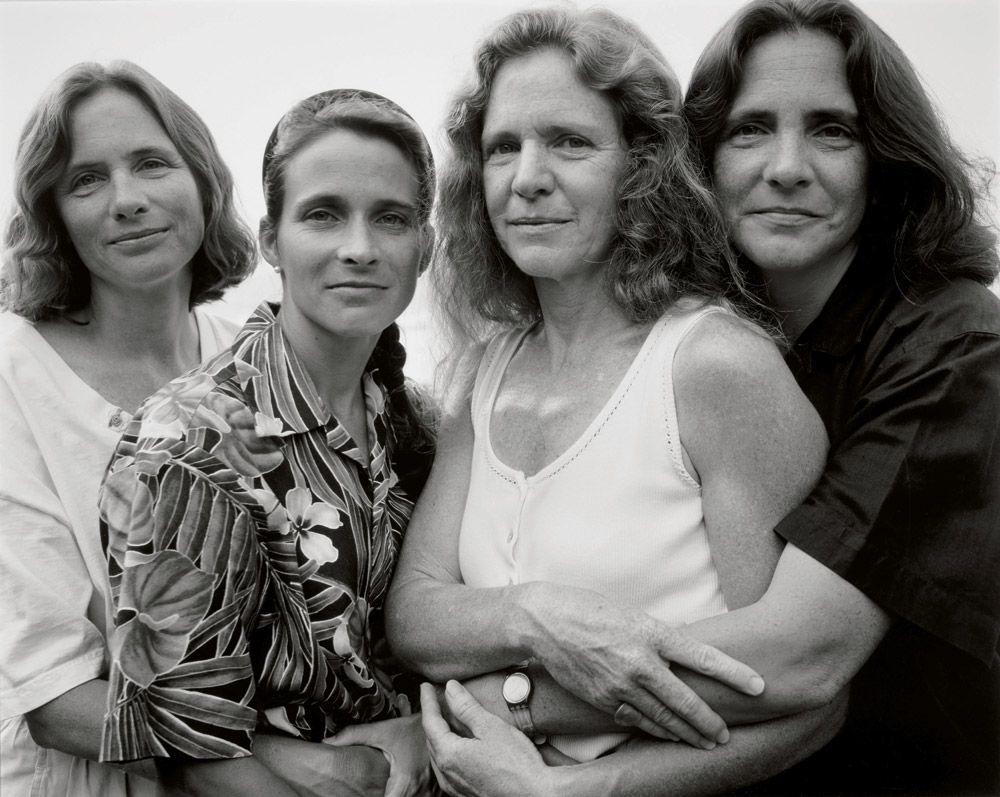
The Brown Sisters, 1995
@ Nicholas Nixon, Courtesy Fraenkel Gallery, San Francisco
Forty Portraits in Forty Years by Nicholas Nixon is one of the most impressive, and touching, documentary projects I’ve ever come across for it makes me see, and feel, a reality that I’m rarely aware of. The passing of time, that is. This series had such a strong impact on me that I’ve never really wondered who the photographer was – it was the concept that I thought brilliant. And, it was the photographed sisters that captured my attention.
When glancing through this “comprehensive retrospective” (as the promotion leaflet calls the book) I however immediately sensed an intimacy that many of these pictures radiated – the same (or a similar) intimacy that can be felt when spending time with the Brown Sisters. And so I began to wonder who this photographer is. My main source was Carlos Gollonet’s introduction “Nicholas Nixon: The Pulse of Time” as well as his interview “A Conversation with Nicholas Nixon”. And, also to be found in this tome, Sebastian Smee’s “The Clearest Image”.
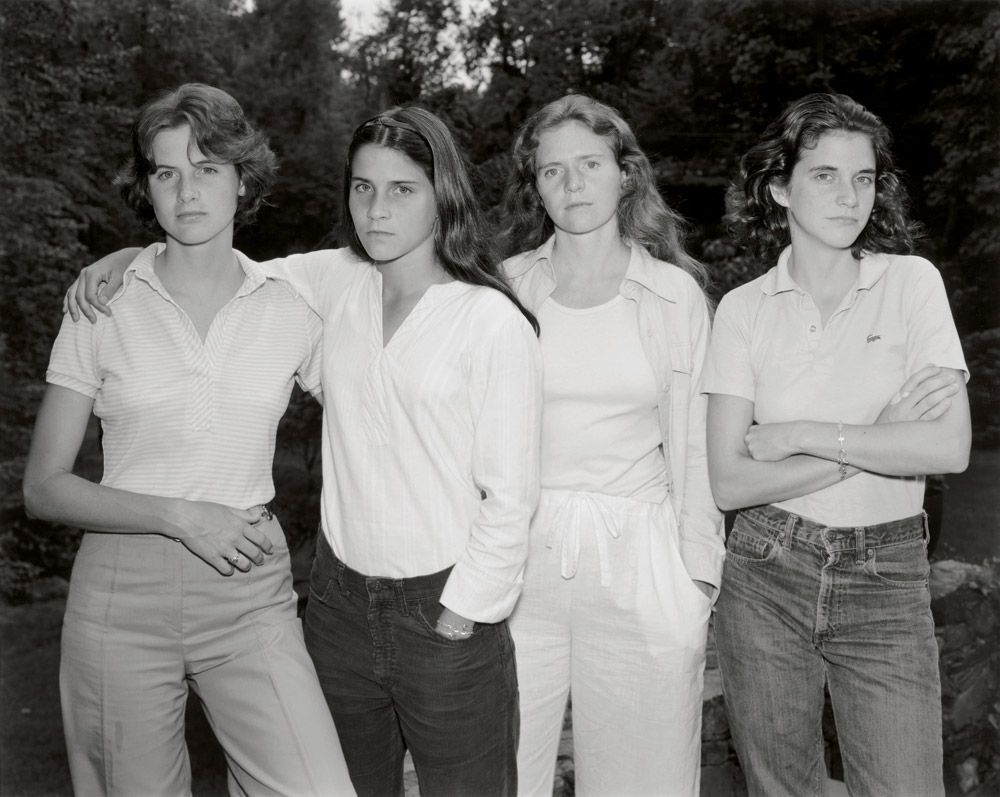
The Brown Sisters, 1975
@ Nicholas Nixon, Courtesy Fraenkel Gallery, San Francisco
Nicholas Nixon (born 1947 in Detroit) studied American and English literature (his senior thesis was on James Joyce and Ulysses) when he began photographing. Through Henri Cartier-Bresson he discovered that form is how the larger meaning is born. “I looked at every one of his pictures and saw the athletic force of his framing, and understood that that was what made them better than everyone else’s.”
He was however influenced more by the books that he was reading – William Faulkner, Charles Dickens, Marcel Proust, Willa Cather, Flannery O’Connor, Robert Frost, William Butler Yeats – than by photography. “But I’ve always loved Atget and Cartier-Bresson the most; Walker Evans came later … he is dry, unlike all the others above … he used irony, which I had come to distrust.”
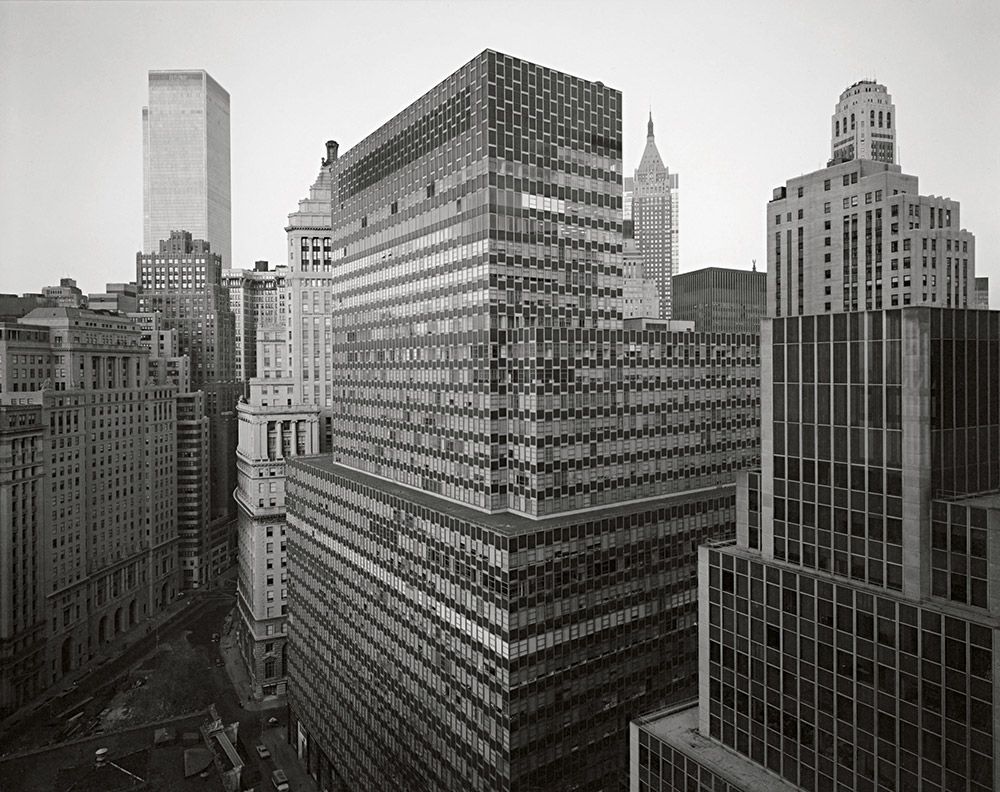
View of Battery Plaza, New York City, 1975
@ Nicholas Nixon, Courtesy Fraenkel Gallery, San Francisco
It is an interesting phenomenon: Since I feel deeply touched by Nixon’s photographs I now look at the work of Atget, Cartier-Bresson and Walker Evans with again different eyes.
In the introduction, Carlos Gollonet states: “In the end, a photograph is no more than a piece of paper, but the photographic image can transform that piece of paper into a moment of truth and beauty. Nixon’s forte is his ability to make us think.” I must admit that my reaction to Nicholas Nixon’s photographs is different: they do not make me think, they make me feel.
Understanding is a feeling, Robert Adams once noted, and never has this been more obvious to me than when spending time with Nixon’s photographs that (in this tome) show landscapes and cityscapes, people in nursing homes, people with AIDS, the Brown Sisters – by the way, one of the Brown Sisters, Bebe, happens to be Nicholas Nixon’s wife.
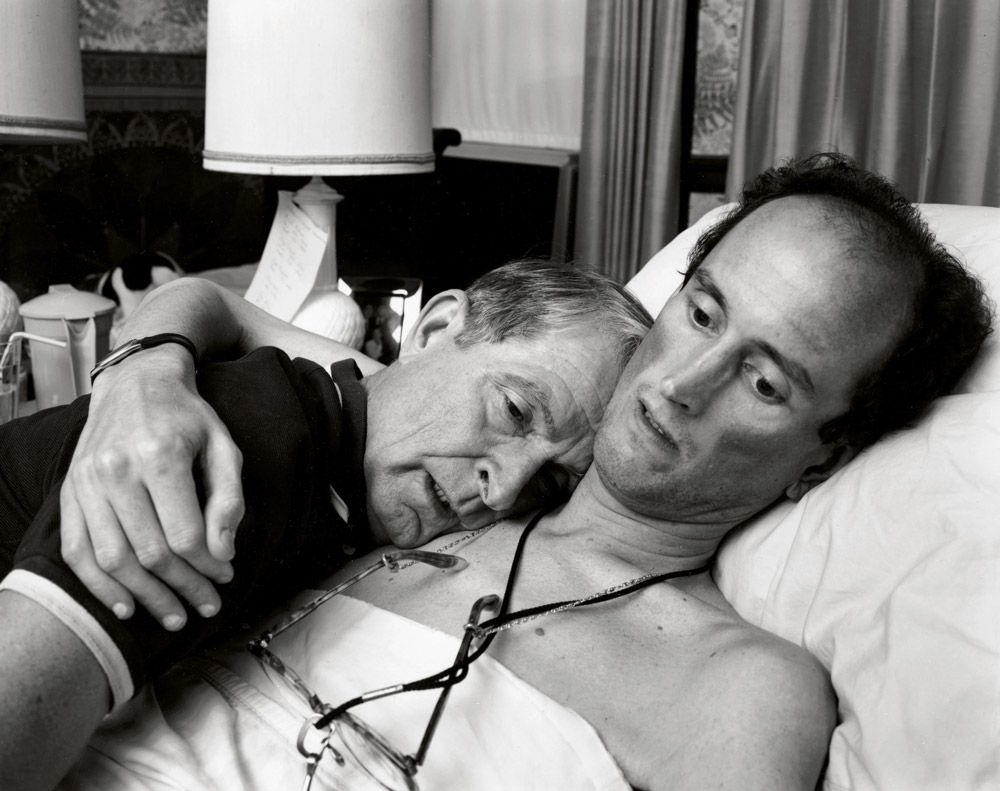
Dr. Robert Sappenfield with his son Bob, Dorchester, 1988
@ Nicholas Nixon, Courtesy Fraenkel Gallery, San Francisco
Nixon takes his pictures with a heavy large-format camera of which he says: “People like the camera. It’s wood, friendly, seems sort of slow (even though I am fast), so there is more a sense of participation. Not equals, but closer than a little camera in front of my face.” I love this! It had never occurred to me.
Also particularly interesting I thought that Nixon, when asked whether he was following the photography scene, answered: “I don’t follow the photography scene nearly as much as I used to. It’s partly that I don’t care much for the conceptual, or the staged, or the didactic, or the fashionable, or for the screen-based image, but it’s also that other things feed me more. Lucien Freud. Tolstoy. Ella Fitzgerald. Willa Cather. Cervantes. Elena Ferrante. Steve Reich. Chopin. Bach. Zadie Smith. Robert Adams, Lee Friedlander, Frank Gohlke, Sage Sohier, and Abe Morell are my friends and I eagerly like to see what they are doing.”
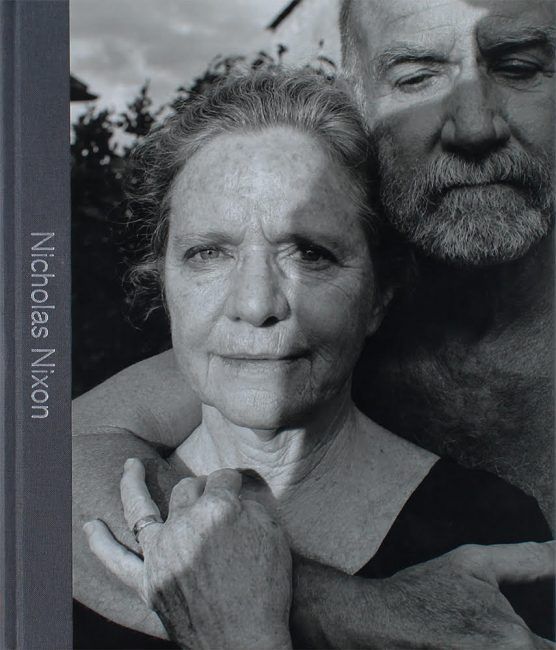
Nicholas Nixon
Edited by Fundación Mapfre
Kehrer Verlag, Heidelberg 2017
www.kehrerverlag.de
Location: Online Type: Book Review
Events by Location
Post Categories
Tags
- Abstract
- Alternative process
- Architecture
- Artist Talk
- artistic residency
- Biennial
- Black and White
- Book Fair
- Car culture
- Charity
- Childhood
- Children
- Cities
- Collaboration
- Community
- Cyanotype
- Documentary
- Environment
- Event
- Exhibition
- Faith
- Family
- Fashion
- Festival
- Film Review
- Food
- Friendship
- FStop20th
- Gender
- Gun Culture
- Habitat
- Hom
- home
- journal
- Landscapes
- Lecture
- Love
- Masculinity
- Mental Health
- Migration
- Museums
- Music
- Nature
- Night
- nuclear
- p
- photographic residency
- Photomontage
- Plants
- Podcast
- Portraits
- Prairies
- Religion
- River
- Still Life
- Street Photography
- Tourism
- UFO
- Water
- Zine

Leave a Reply